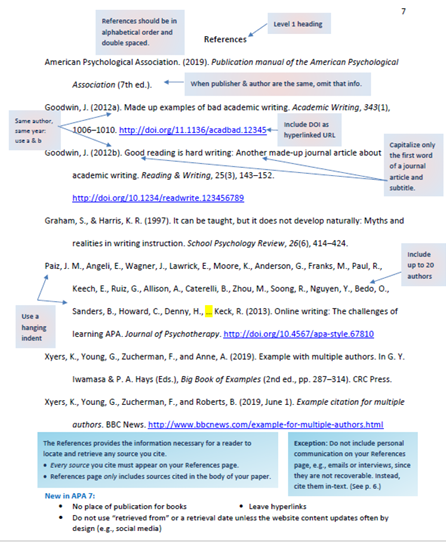ENGLAPP - Research Paper
1/57
There's no tags or description
Looks like no tags are added yet.
Name | Mastery | Learn | Test | Matching | Spaced |
|---|
No study sessions yet.
58 Terms
Report
is a systematic, well-organized presentation of an issue, a problem, or an incident.
Informative Report
to inform
Investigative Report
to investigate
Recommendation Report
to recommend
Polit & Beck, 2004
step-by-step
standardized
Sanchez, 2002
making known the unknown
to arrive at a new truth
Western Sydney University, 2020
new knowledge and/or the use of existing knowledge
Research
is a systematic and scientific way of investigating and gathering information to answer a particular problem, establish facts, and reach conclusions.
systematic
The research should be _______
There is a system to follow in conducting research as there is a system for writing its parts.
macrosystem
chapter
microsystem
detailed contents of each chapter
objective
The research should be ______
A researcher should objectively look at the basis on which the work is founded.
The researcher must never produce results out of nowhere.
The results should never be based on biases
feasible
The research should be ______
Conducting research must be within your ability, resources, and time limit.
It should be doable considering the factors above.
empirical
The research should be _______
There should be supporting pieces of evidence and accompanying details.
References and citations of facts and information must be included.
clear
The research should be _______
The research should be well written and explained.
This can be done by enriching the review of literature.
Abstract
summary of the contents of the paper, typically no more than 250 words
Introduction
Review of background or known information on your topic
Explain the significance
State what is lacking in the current knowledge – gap
Provide the objectives of your study or the research questions
Introduction
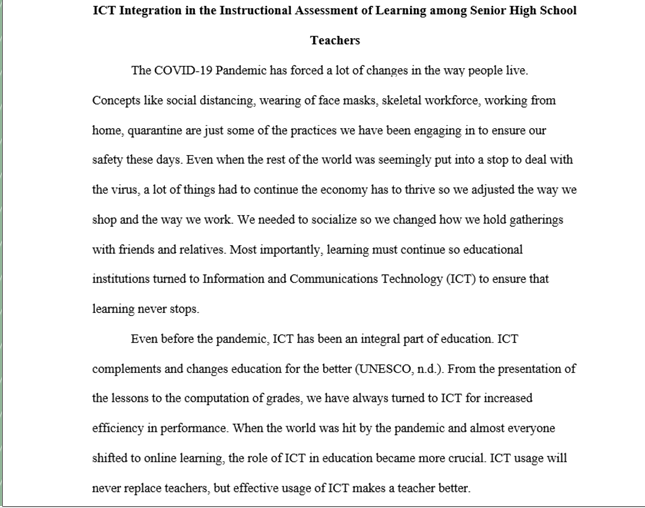
Literature Review
May be a separate part or may be integrated in the Introduction
Contains the summary and synthesis of all the available sources directly related to the study.
This section ends with a paragraph that synthesizes all the studies presented and puts the study in context.
Related concepts
explains some of the fundamental concepts needed by the readers to better understand the study. Some concepts and theories are defined, explained, and described.
Related studies
are based on previously conducted studies directly related to the paper.
RRL
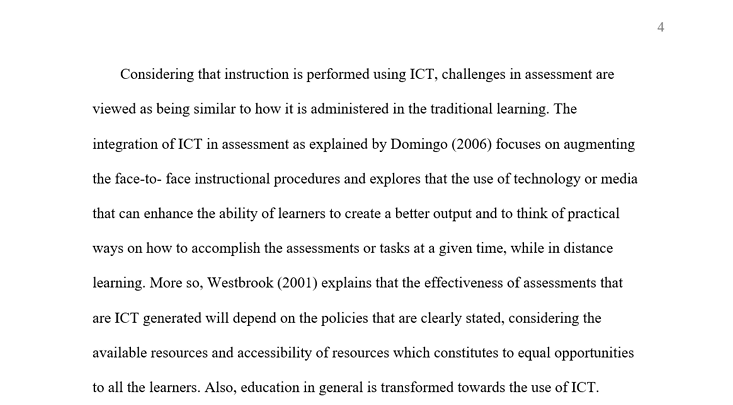
RRS
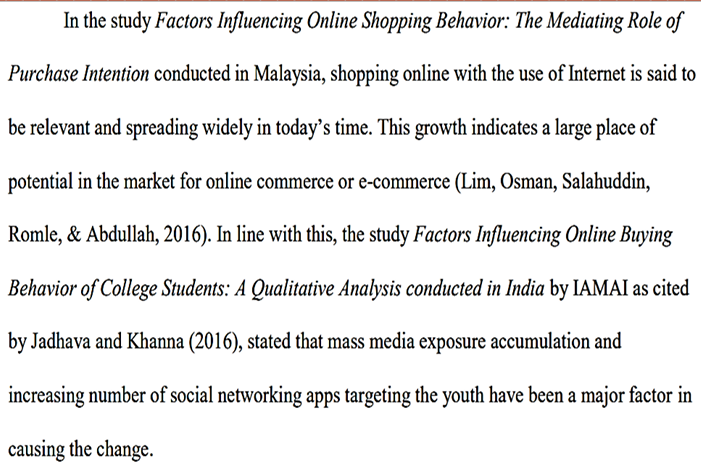
salient findings
the most important “ingredients” to include since the discussion of the variables and their relationships will be based on them
Theoretical framework
is based on an existing theory in a field of inquiry that is related and/or reflects the hypothesis of a study (Adom et al., 2018)
Conceptual framework
structure which the researcher believes can best explain the natural progression of the phenomenon to be studied (Adom et al., 2018).
Statement of the Problem
Consists of the purpose statement and the research questions
Important elements of the general problem are:
Main tasks – “what to do” with the major variables
Participants – subjects or respondents
The specific setting
Coverage date of the conduct of the stud
Research Questions
The purpose statement is followed by an enumeration of the specific problems.
The specific problems are usually stated as questions that the researcher seeks to answer
The specific problems must meet the following criteria:
Must be in question form;
Must define the population and the sample (demographic profile); and
Must identify the variables being studied
Research Questions
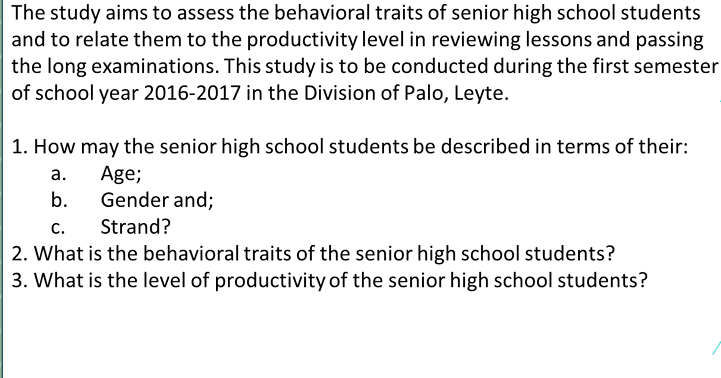
Scope
determined by the major variables of the study
Limitation
determined by the sub-variables
Scope and Limitation
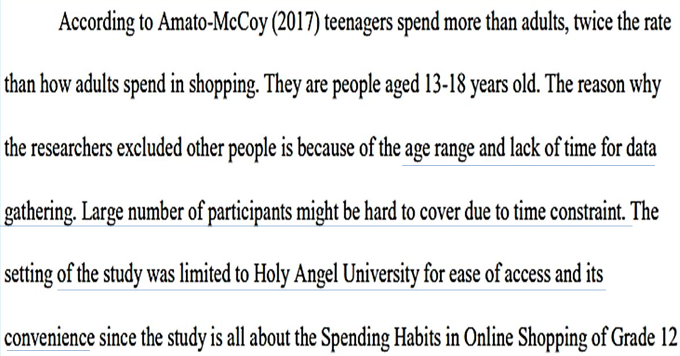
Scope and Limitation
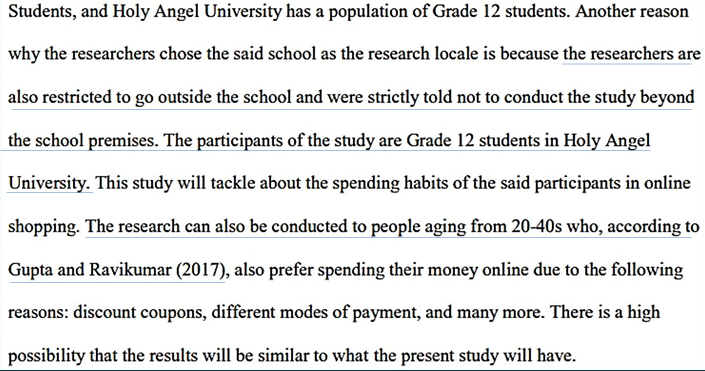
Significance of the study
Determines who will benefit from the study and how that specific audience will benefit from its findings.
Most to least benefited
Significance of the study
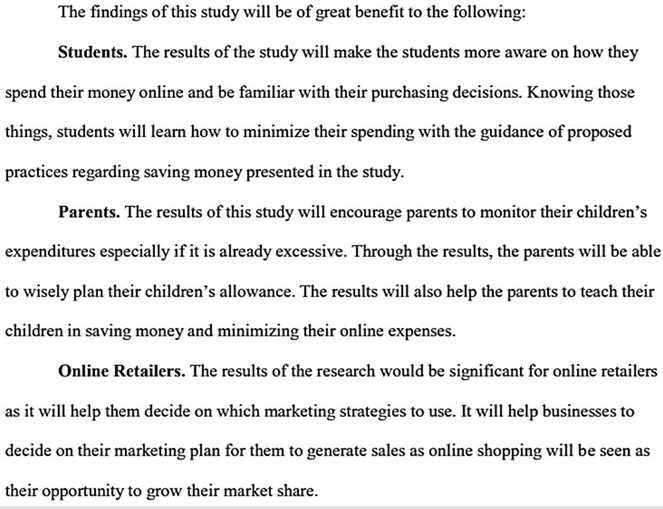
Method
Contains the processes and steps taken in gathering data for the research.
Participants
Indicate who and how many participated in the study.
Explain how the participants were selected (sampling technique).
Demographic characteristics: geographic location, institutional affiliation, gender, and sex.
If animals, report the genus, species, sex, age, weight, and physiological condition
Participants
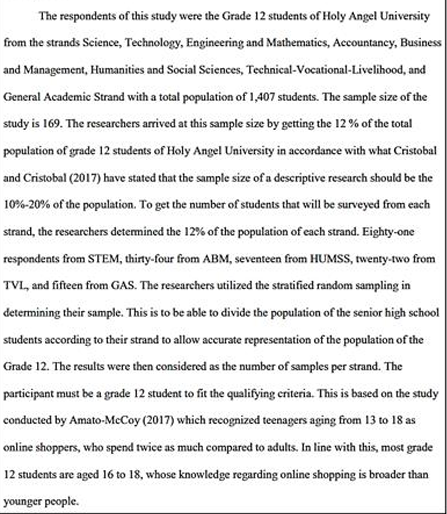
Research design
refers to the overall strategy utilized to carry out a study
Quantitative research
“kwenta” is the process of collecting and analyzing numerical data where it can be used to construct graphs and tables which show patterns and averages
Qualitative research
“kwento” involves collecting and analyzing non-numerical data (e.g., text, video, or audio) to understand concepts, opinions, or experiences.
Research design
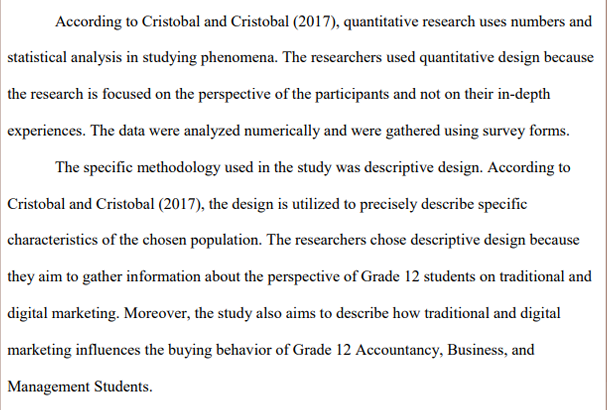
Instruments
Present the tools that you will use in gathering the data.
Questionnaire, interview, experiment, observation, etc
Interview
face-to-face interaction between the researcher and the subject
Questionnaire
contains a list of standardized questions that aim to get specific answers from respondents
most commonly used data gathering tool - economical
Experiment
researcher plans and executes a controlled situation to yield a result
Observation
researcher creates an opportunity to further monitor the subjects
Instruments
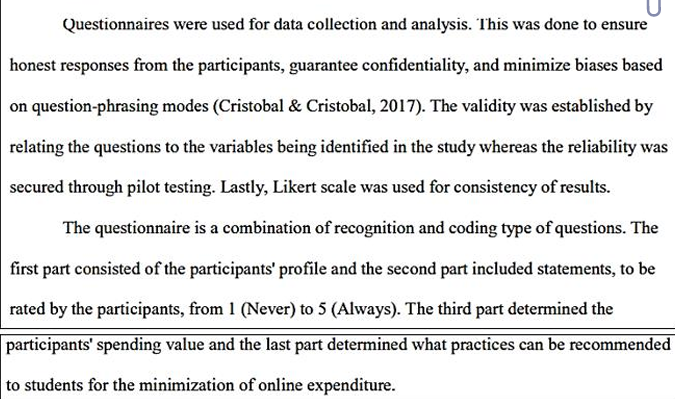
Procedure
Steps in the execution of the research that includes:
Instructions to participants
Formation of groups
Standard testing procedure
Address any ethical issue that might be raised.
Procedure
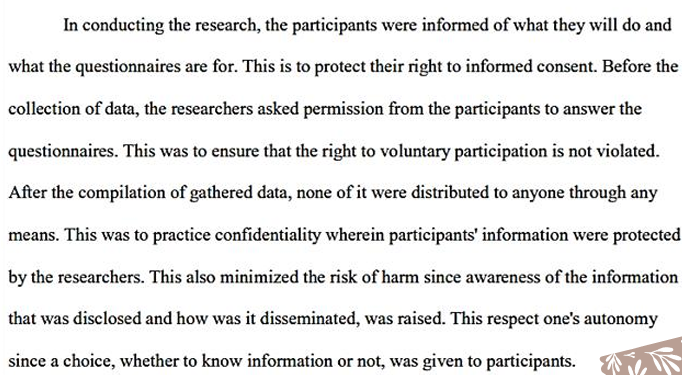
Data analysis
Presents how the data were analyzed, whether it be qualitatively (coding scheme) or quantitatively (statistical tools).
Data analysis
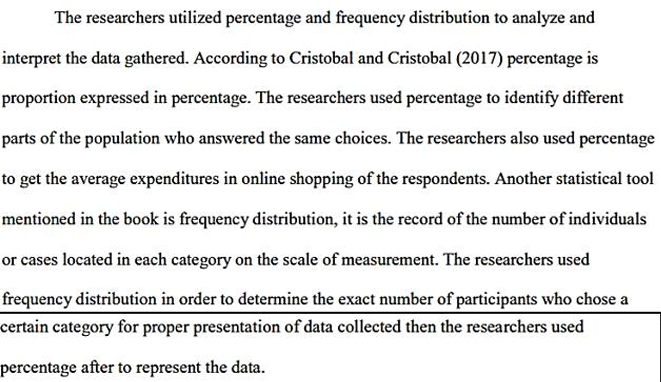
Results
Factually indicate what you found in your research
Contains tables and graphs (for quantitative research) summarizes the collected data contains respective interpretations
Results
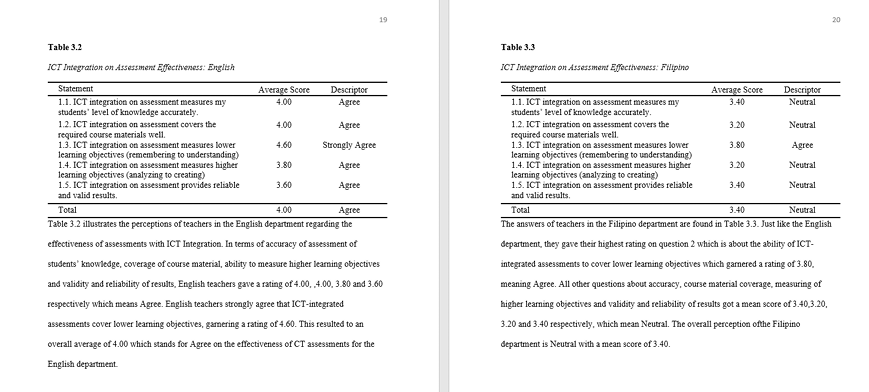
Discussion
Why’s of the results
Discuss the relevance of your results
How findings fit with other research in the area
Relate back to your literature review and your introductory thesis statement
Restate your research problems or objectives as well as the major findings
New findings uncovered should also be stated
Discussion
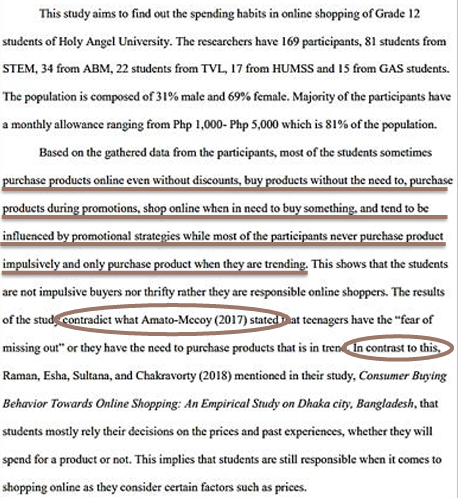
References
Contains the different sources used in the study.
Academic books, journals, and other online sources.
APA 7th edition format
References
